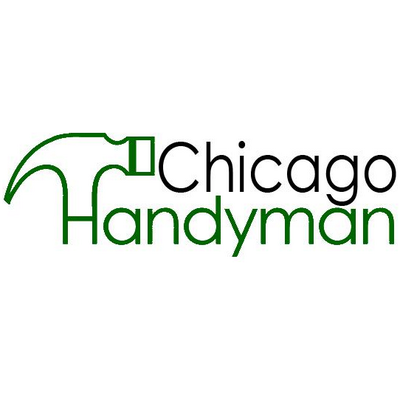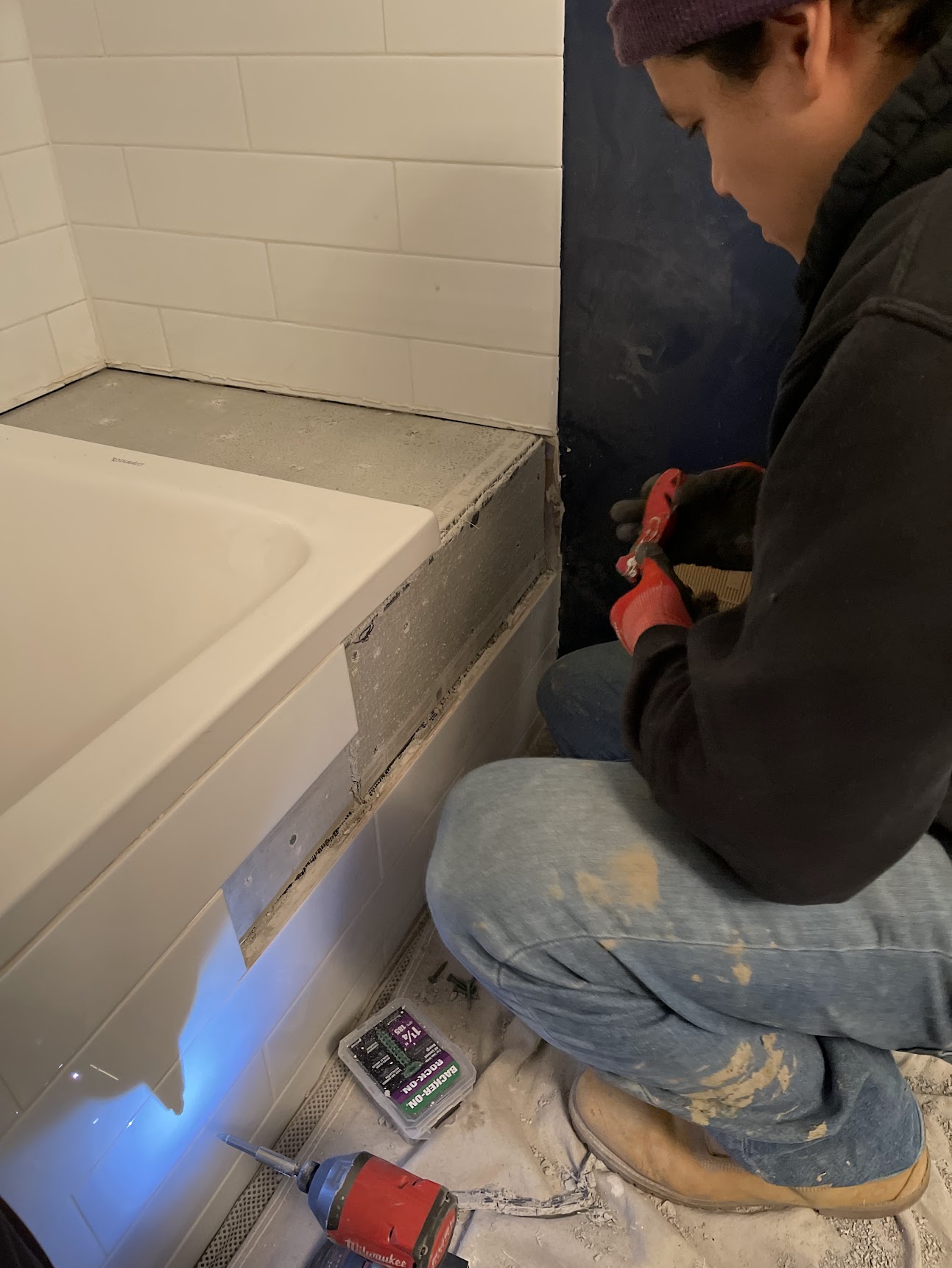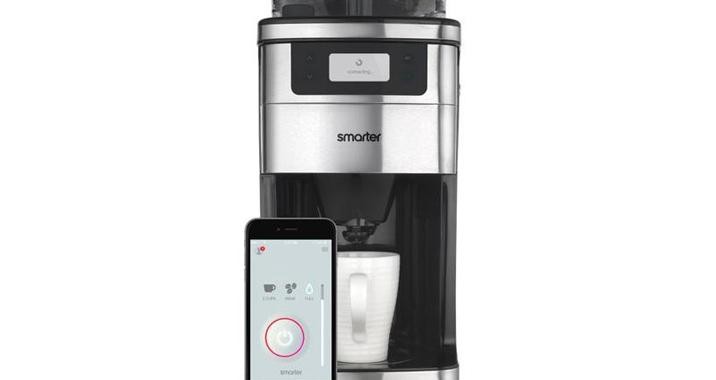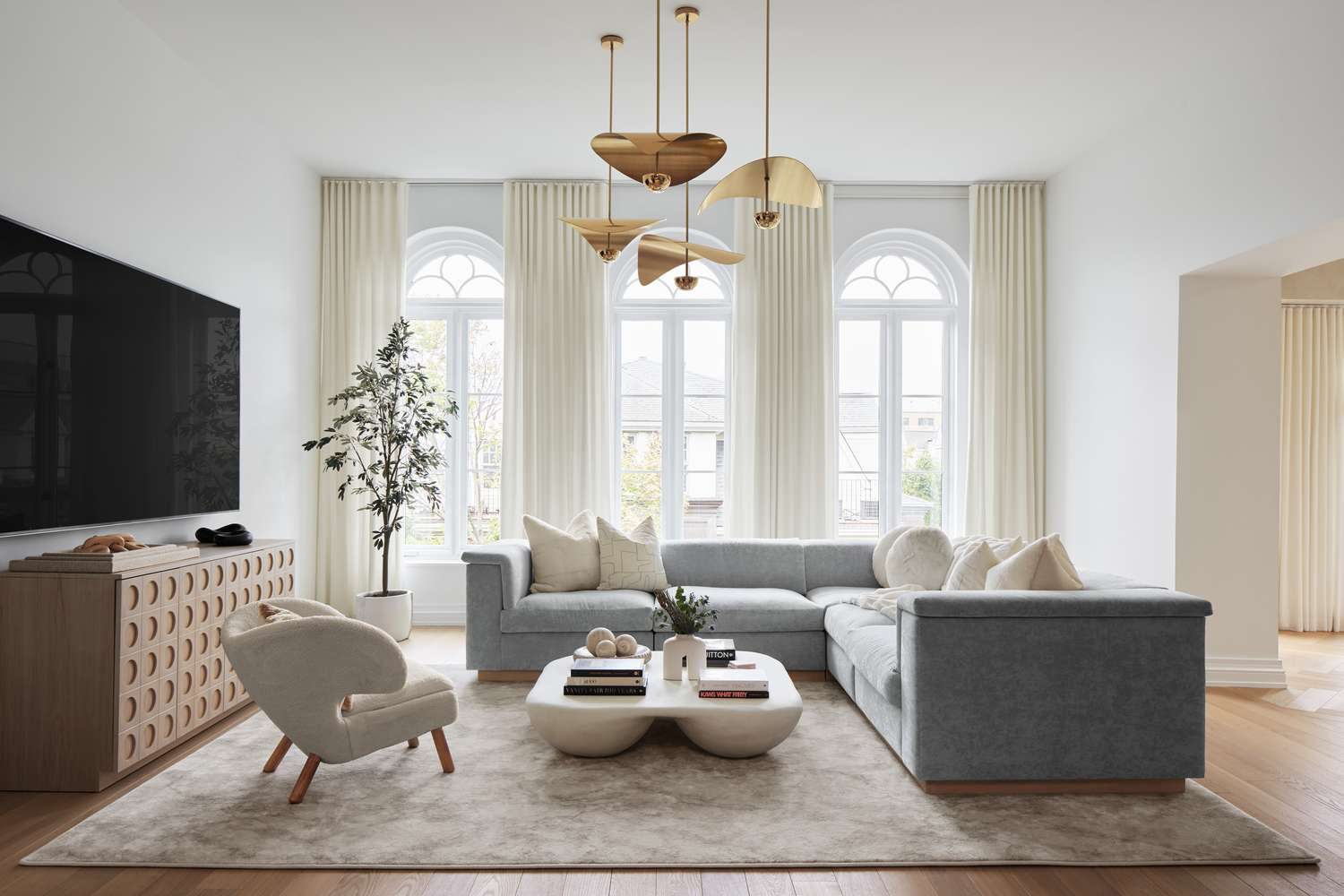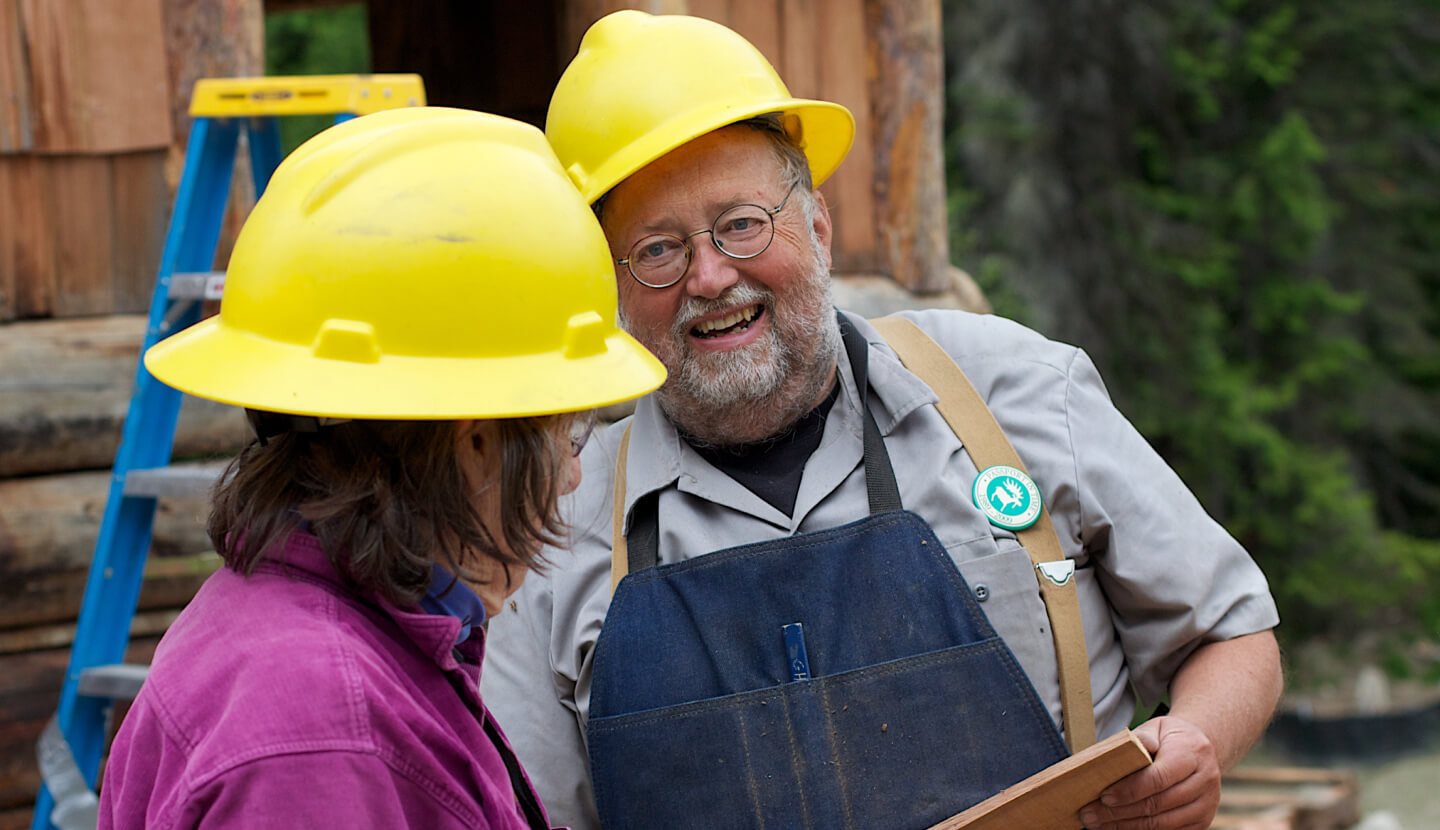
Drywall Repair
-

Sliding Glass Door Repair: When Your View Becomes a Sticky Situation
Is your sliding glass door acting more like a stubborn mule than a smooth operator?…
-

How Many Coats of Primer on New Drywall: Quick Guide for DIYers
Priming new drywall is a key step before painting. It helps the paint stick better…
-

How to Repair Cracks in Drywall: Patch Up Your Life and Your Walls
Got a crack in your drywall? Don’t despair, your walls aren’t falling apart! These pesky…
-

How Many Screws Per Sheet of Drywall: A Quick Guide for DIYers
Hanging drywall is a key step in many home improvement projects. But how many screws…
-

Repair Drywall Ceiling Water Damage: Turning Your Leak into a Leisure
Ah, the joys of homeownership! Nothing quite says “welcome home” like a ceiling that’s decided…



